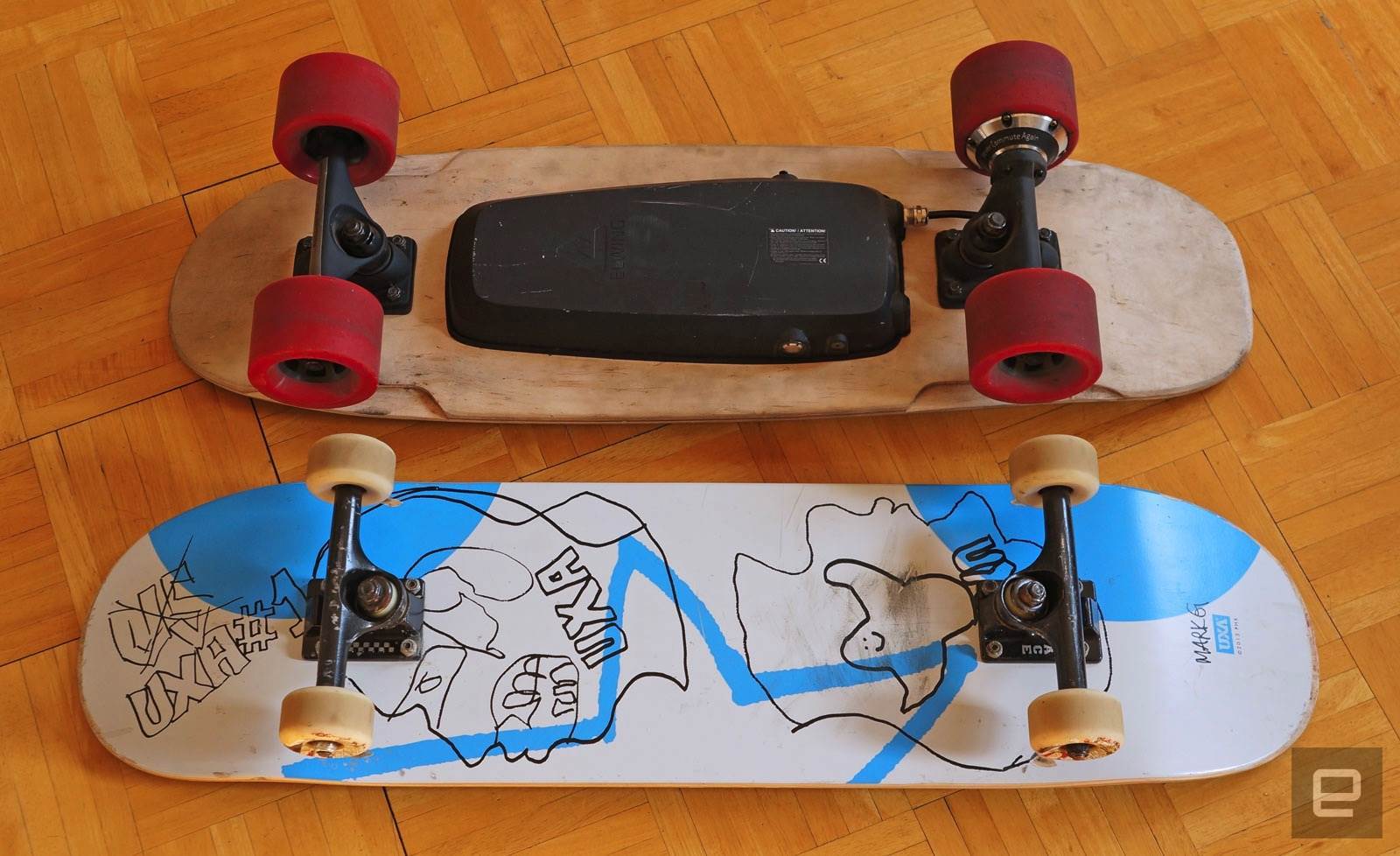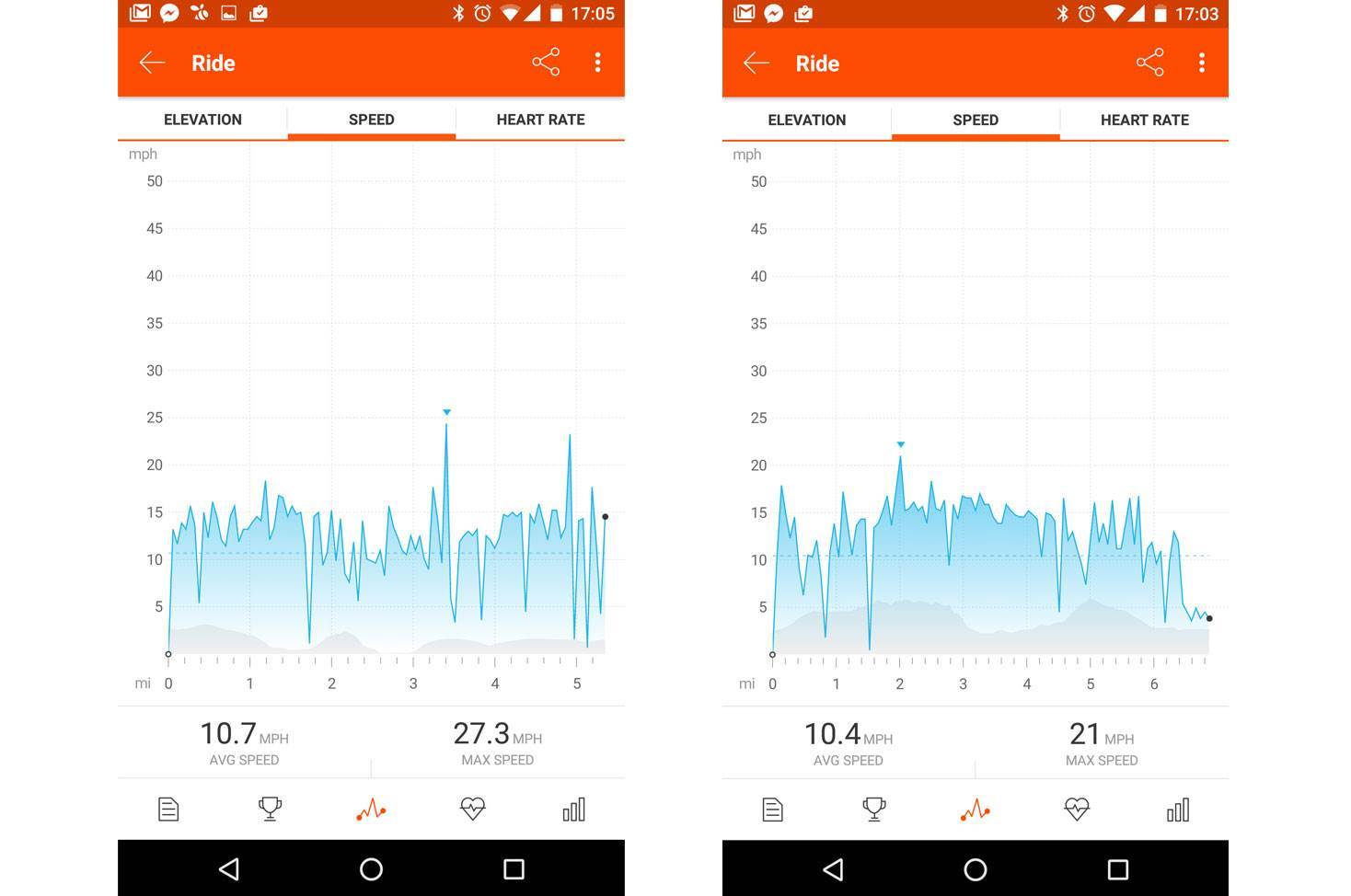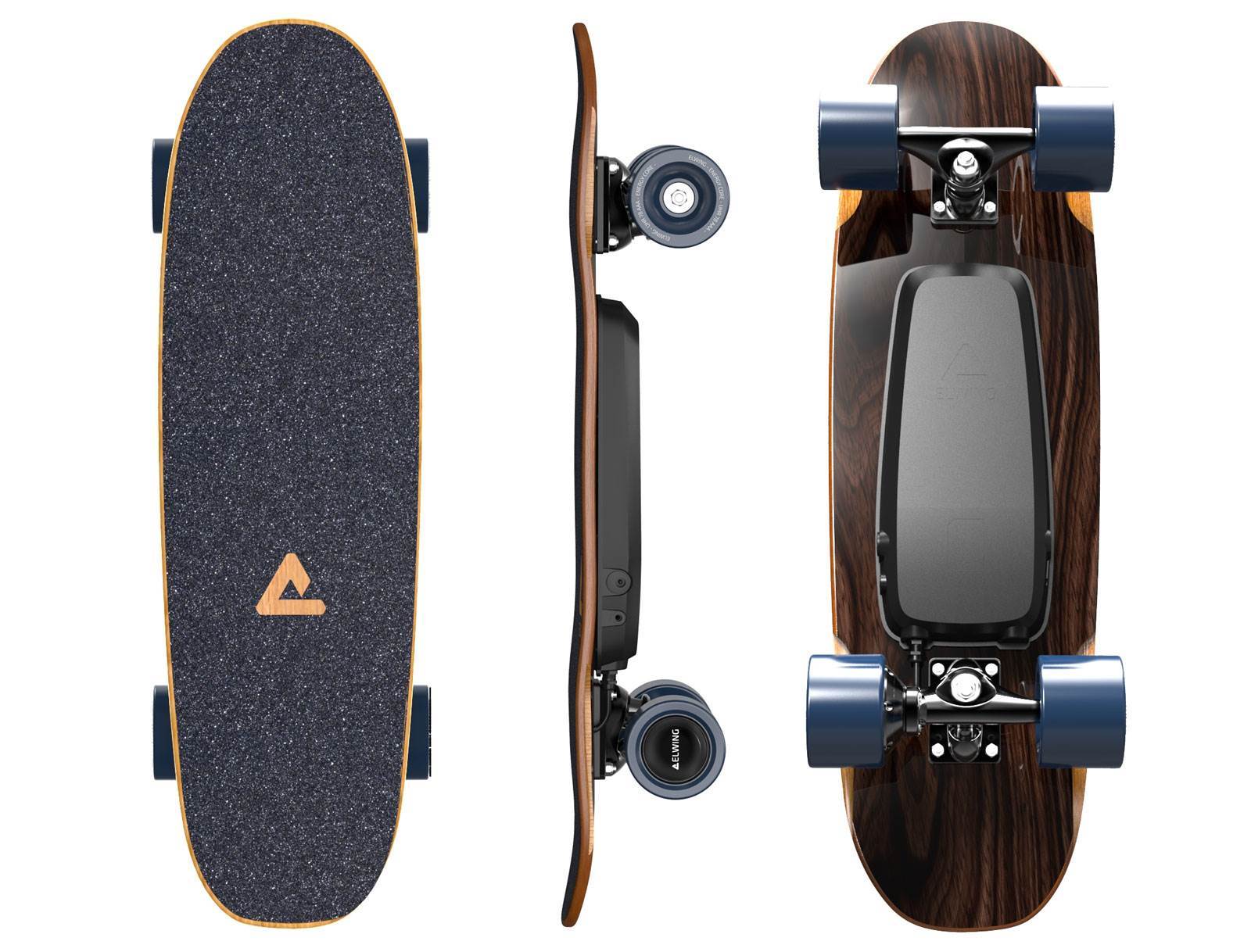One of the biggest factors holding electric skateboard fans back from picking up a new ride is price, with most decent boards selling for north of $1,000. The high cost of electric motors is still a hurdle, especially for skaters who don’t want to compromise on quality, but Elwing’s new board is more affordable than most. It’s slated to hit the market at $750, but with the help of its newly launched Indiegogo campaign, you could pick one up for $500 or less, if you strike during the early-bird window. There are a few tradeoffs for this price, but some of them may even be to your liking. I recently had a chance to test out Elwing’s prototype for a few days and, setting aside issues the company plans to address before final production, the money saved could be worth it — depending on your needs, of course.
Gallery: Elwing electric skateboard (prototype) | 22 Photos

-

-

-

-
 +18
+18
If you ride longboards you’ve been lucky, as most electric models usually run around 38 inches long, which definitely helps with stability and comfortable cruising. However, if you’re more familiar with a standard street or ramp deck, Elwing’s option might sway you simply because of its 31-inch length, concave design and kicked-up nose and tail. Not only does this make the board lighter and more portable — it’s a tolerable 9.9 pounds — but it also gives you more leeway for tight turns and you can pop it up off the ground as you’re riding. (Or in technical terms: You can ollie.)

To power this board, the company chose a lithium-ion battery and 500W hub-based design, which puts the brushless motor inside one of the rear wheels. This helps cut down on costs a bit and, depending on how you ride, you might not need much more. While I’ve often found hub motors to be slower out of the gate (and braking) than a drivetrain design, for some the slower acceleration can help avoid over-throttling mishaps, letting you ease into the desired speed without falling off. (Pro tip: Always lean in when throttling.)
The controller is a 2.4GHz RF hand-held unit rather than Bluetooth. Like the skateboard itself, the version I tested was a prototype. The new design should include battery indicators for the board and controller, plus a wider throttle slider for easier acceleration and braking control. The company did choose to go with dual AAA batteries instead of a USB chargeable unit, but they last longer and you won’t have to recharge every day. If you simply pick up a few swappable rechargeable batteries, this could be a nonissue.
Once you get the Elwing going, it moves pretty quickly and its rated max speed of 18 miles per hour seems accurate. I managed to get up to 27.3 MPH on a downhill (according to Strava, at least), but my average cruising speed was generally about 11 MPH around the city. The single motor was definitely up to the challenge of handling speed and range. It also matches specs from competing boards, like the upcoming Unlimited EON Solo (although that’s priced around $930 for a complete setup).
There’s regenerative braking here too, which is helpful when you’re riding a device that can move at these speeds. While the version I tested didn’t have reverse, I’m told that’s also in the works for either the first production model or a subsequent update.

Elwing’s lithium-ion battery is supposed to provide a range of up to seven miles. After 40 minutes of riding, I managed 6.8. That’s with fast mode selected on the controller, plenty of top-speed throttling and several hills that went beyond the listed 10-degree rating. The battery doesn’t include any built-in LED headlights running off it, but there’s a USB port, so you could potentially rig something yourself.
Overall, the Elwing board was fun to ride, though the acceleration and braking could use some work. Indeed the company is aiming to improve both before the final release. If you’re looking for a top-of-the-line electric cruiser and have the budget, the $1,500 (and up) Boosted Dual+ may still be the way to go. However, if money’s an issue and you’re looking for a normal-sized deck rather than a longboard, the Elwing is more than capable. The drivetrain design for the Boosted Boards provides far more torque, getting you up to speed quicker, but there’s a downside to that too: They’re a bit sluggish to push like a normal skateboard if you run out of juice. Elwing’s hub motor offers less friction, and the board is much easier to push around when the battery runs out of power.
On that note, you’ll get a fast charger with Indiegogo orders, and it should also be available as an optional accessory for around $100. These chargers will expedite power-ups during a coffee-shop stop, going from zero to full in about 45 minutes as opposed to an hour and a half.

I had my doubts about whether this board would be powerful enough to validate the savings versus more expensive models, but I was pleasantly surprised. As long as the company makes good on the promise of a few software tweaks to smooth out acceleration and braking, this is a great, standard-size board to ride for the money — especially if you can get in on one of the early-bird deals.

![[Design Story] One UI Helps You Live Life Your Way – Samsung](https://loginby.com/itnews/wp-content/uploads/2025/11/1763476351_Design-Story-One-UI-Helps-You-Live-Life-Your-Way-238x178.jpg)





